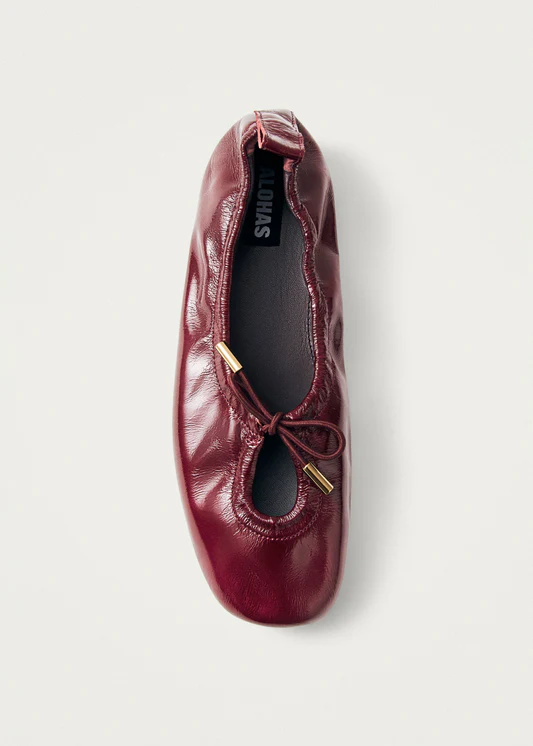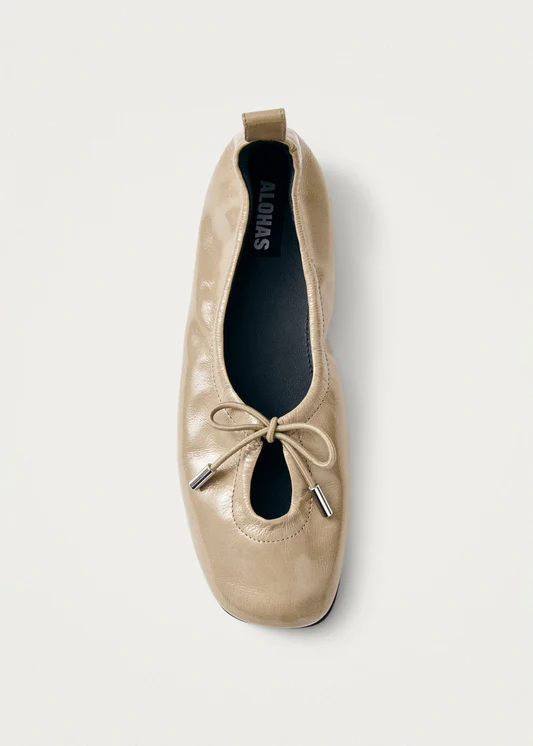What is sustainable jewelry?
Many of us have often wondered how sustainable jewelry is different from regular jewelry - from how it’s produced to how it’s bought or how it’s better for the planet. We’re here to help you clear up your doubts and hopefully help you learn something along the way.
First of all, the term sustainable jewelry refers to any type of jewelry that has a lesser impact on the environment and/or the workers who produce it. This type of jewelry is usually made to last a long time and is therefore made with top quality materials - in a nutshell, its production puts quality over quantity. But this is just on a superficial level - there’s a lot of factors that come into play that make the jewelry supply chain a highly complex one.
Why is sustainable jewelry important?
Although the jewelry industry is not part of the fashion industry, it shares many important traits with it, one of them being its bad reputation for not being environmentally conscious enough. Its impact on the environment is a great one, mainly because it requires vast amounts of energy and water. Plus, high demand for jewelry in the market leads to overproduction and overconsumption, two phenomena that go hand in hand insofar as they both create excessive amounts of waste.
If this doesn’t seem like enough - think of the human element involved. Many workers are not provided with fair wages and are subjected to dangerous working conditions, especially in the mining industry. The point of sustainable jewelry production is to eradicate or, at least, reduce its impact on people and the planet as much as possible.
Problems in the jewelry industry
The already existing problems in the jewelry industry are severe, both socially and environmentally. Bear in mind that although I will highlight the key issues below, they cannot be fully encapsulated into this text.
Overproduction and overconsumption
Overproduction and overconsumption are two phenomena that feed on each other and need each other to thrive. The hunger and demand for trendy, cheap and fast jewelry is no stranger to us, and many of us can say that we have fallen for these tricks in our lifetime.
Did you know that in some households in the US, almost $2000 are spent on jewelry yearly? Of course this may include expensive luxury items, but the great majority is made up of jewelry that will only be worn once. Think about how many earrings you have - now, think about how many you actually wear, and how often.
This is a big problem because, like clothing, discarded jewelry ends up in landfill. The way it decomposes is not pretty either - cheap silver or gold plating becomes rusty and turns green, which in turn releases toxins into our air and oceans.
Social and environmental issues
Social issues
Do you know how many people work in the jewelry industry at the moment? It’s more than 100 million and it only keeps growing. Not only that, but the larger part of these people come from and still continue to live in underprivileged conditions, not to mention dangerous.Key social issues to highlight here are child labor - more than one million working in mines. If illegal child labor isn’t already enough, conditions are also beyond deplorable - dust particles and dangerous toxins in the air lead to chronic and mostly incurable health conditions. Two key chemicals that stand out are cyanide and mercury; their exposure most always ending in death. Not only this, but cyanide is used by many in order to clean jewelry, which can lead to death by poisoning.
Besides these obvious hazards, jewelry industry workers are also faced with daily dangers in the workplace - not just from toxic exposure illnesses, but from potential falling rocks or other safety issues within mines, where of course rescue always comes too late.
In underprivileged countries where armed groups run amok, gold and silver trading are a reason for internal conflict between government forces and or individual groups over the control of mines, particularly diamond mines. For this reason, conflict-free sustainable jewelry is an important tag to keep an eye on - a piece is not ‘sustainable’ or ‘ethical’ if it still impacts workers negatively.
Environmental issues
The main environmental issues in relation to mining for precious metals include but are not limited to: air pollution through CO₂ emissions, toxins in water, and damage to our ecosystem through noise and vibration pollution, to name a few. Waste is also a particularly large problem - discarded jewelry is landfilled and left to emit dangerous substances in the air for perpetuity.
Why you should buy sustainable jewelry
From the previous explanations, we can gather that the intent of sustainable jewelry production is to vouch for better quality, less quantity and a transparent, hassle-free supply chain, both for people and for the planet. Being able to indulge in and value good quality jewelry that we know will last a lifetime is the best way to become conscientious and more appreciative of what we have. Not only this, but we can pass it down to our family members and friends - like some of us already do with sustainable engagement rings, for example. We begin to discard less, also because of the emotional value attached to it. Recycling and reselling are also great examples of keeping the sustainability cycle going. It’s up to you to define what sustainable jewelry means to you, and get involved in practices that work in accordance with your values.
Very much like fashion, pollution in the jewelry industry should not be taken lightly. It’s up to us to consume less and research the brands we’re buying from in order to ensure we’re paying for less conflict, less pollution, and more sustainable practices. If you’re like me, and know that buying expensive, good quality jewelry is something you will seldom do in your lifetime, then sustainable jewelry is definitely an investment worth making.
Sources: Bloomberg, Sustainable Jungle, Clean Origin, 1883 Magazine, Gurhan, HRW.









